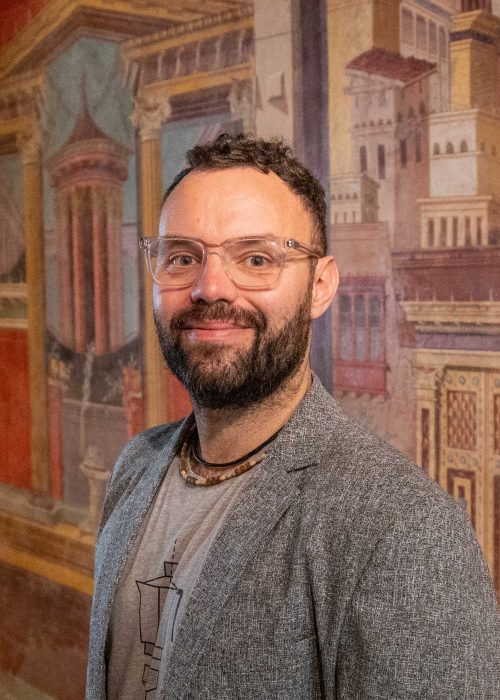The aim of LATIN 101 is to introduce students to the fundamentals of classical Latin (forms, syntax, and vocabulary) as soon as possible. Classical Latin is the literary dialect spoken and written by Romans from the first century BCE to the second century CE. This is the language that the classical Roman authors wrote, poets such as Catullus, Virgil, Horace, Ovid, Lucan, and Seneca and prose writers such as Caesar, Sallust, Cicero, Livy, Petronius, Tacitus, and Suetonius. The purpose of the course is to teach students the morphology, syntax, and vocabulary of classical Latin and train them to read and translate simple and complex sentences. The course consists of short weekly presentations of new grammatical and lexical content, vocabulary to be memorized, drills to practice forms and concepts, exercises in reading sentences, homework assignments translating sentences from Latin into English and English into Latin, and regular quizzes and tests to ensure retention and comprehension of material. The goal of the course in the first semester is for students to be able to read short passages of continuous prose based on classical Latin models. The course focuses on reading, translating, and writing rather than speaking, although students will be expected to be able to read Latin aloud with correct pronunciation. LATIN 101 prepares students for Latin 102, the second semester of Introductory Latin, which in turn prepares students to take a 400-level course in Latin.
Instructor:
